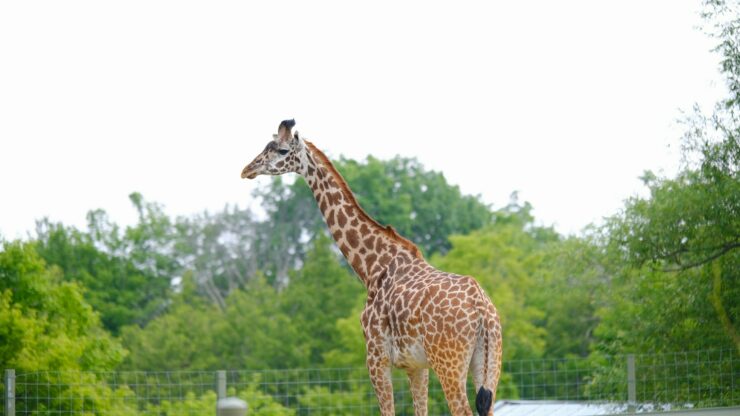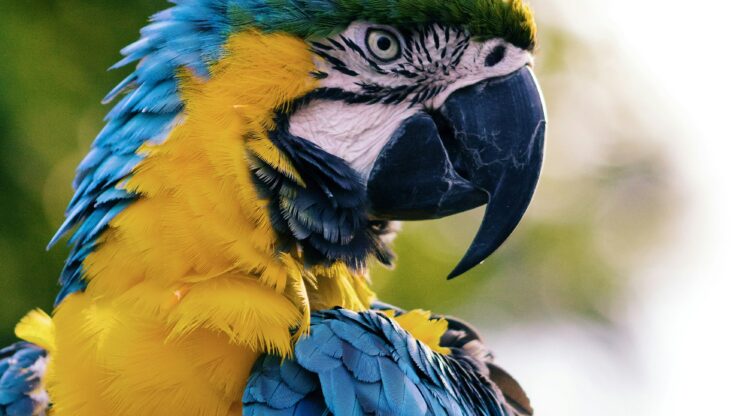INTRO: City Safari: Discovering Wildlife in Urban Areas
When we think of wildlife, we often picture vast forests, deep oceans, and sprawling savannas. However, nature is not limited to these areas.
Many species have adapted to urban environments, and cities are teeming with life.
From squirrels to raccoons, from birds to bats, urban areas offer unexpected encounters with wildlife.
City safaris are a new way of exploring urban nature and discovering the beauty and diversity of the animal kingdom.
Surprising Encounters with Wildlife in Cityscapes
Urban areas are full of surprises, and wildlife encounters are one of them.
Here are some of the unexpected species you might come across on a city safari:
- Peregrine falcons: These birds of prey have adapted to city living and can be seen perched on skyscrapers or hunting pigeons.
- Coyotes: These elusive canids have been spotted in many cities, including Los Angeles, Chicago, and New York.
- Raccoons: These nocturnal mammals are common in North American cities and have adapted to urban environments by scavenging for food in trash cans.
- Bats: These flying mammals are often overlooked but can be found in many cities, where they roost in buildings and bridges.
Exploring Urban Nature: A Guide to City Safaris
If you’re interested in exploring urban nature, here are some tips for a successful city safari:
- Choose your location: Look for parks, green spaces, and waterways in your city. These areas are more likely to harbor wildlife.
- Be patient: Wildlife sightings are not guaranteed. Be prepared to spend some time observing your surroundings.
- Be respectful: Remember that you are a guest in their habitat. Keep a safe distance and avoid disturbing the animals.
- Bring binoculars: Wildlife can be elusive, so binoculars can help you spot them from a distance.
- Join a guided tour: Many cities offer guided tours focused on urban wildlife. These tours can provide a more in-depth experience and help you learn more about the local flora and fauna.
Finding Inspiration in Unexpected Urban Wildlife
City safaris can be a source of inspiration and creativity.
The unexpected encounters with urban wildlife can spark curiosity and wonder, and inspire us to look at our surroundings with fresh eyes.
Wildlife photography, sketching, and journaling are some ways to capture these moments and turn them into art.
FAQ
How can I tell if an animal is sick or injured?
If you encounter an animal that appears to be sick or injured, it’s best to leave it alone and call a local wildlife rehabilitation center or animal control agency.
Signs of illness or injury may include limping, disorientation, lethargy, or abnormal behavior.
Can I feed urban wildlife?
Feeding wildlife can be harmful and is often illegal. It can lead to overpopulation, spread of disease, and unnatural behavior.
Additionally, it can be dangerous for both the animals and humans.
It’s best to admire urban wildlife from a distance and let them find their own food in their natural habitat.
I’m a nature enthusiast and creator of Metro Wilds and have spent years exploring the great outdoors.
With a passion for environmental conservation and sustainability, I have dedicated my career to writing about the beauty and wonders of nature, as well as the threats facing our planet.
Contact me at [email protected] for assistance.





